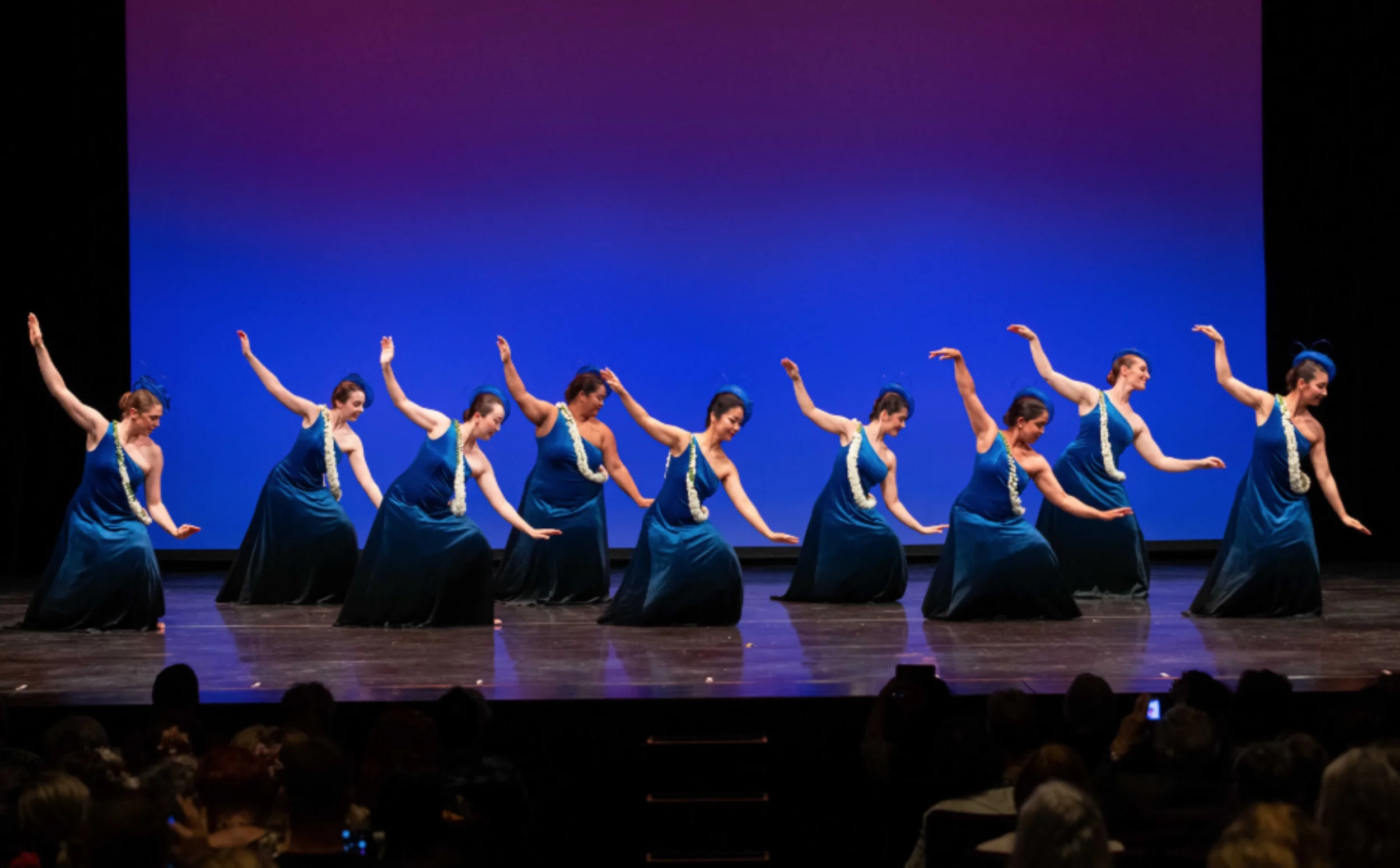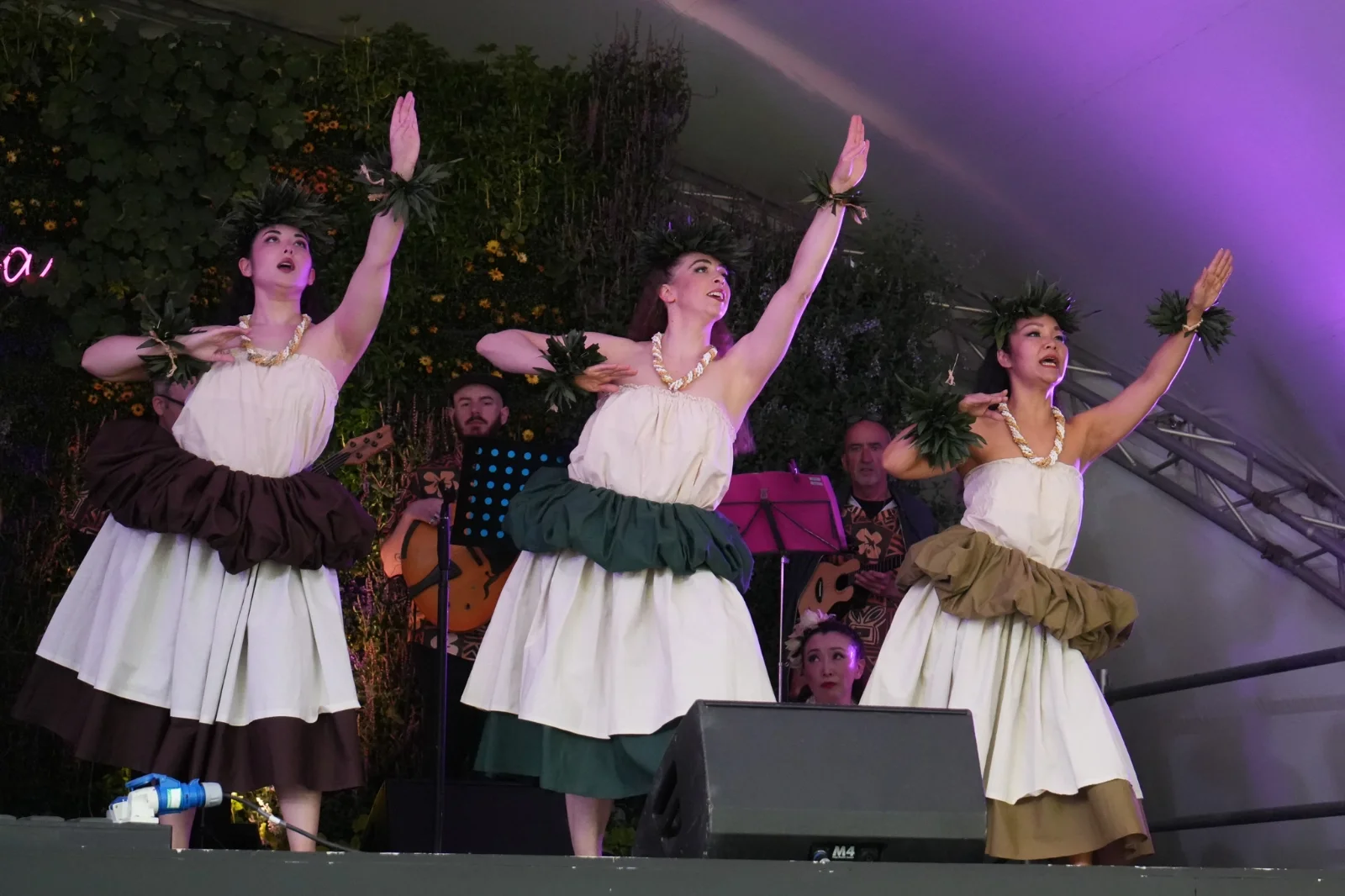
Hawaiian Hula vs 'Ori Tahiti – Which Polynesian Dance Style is Right for You?
Many people hear Hawaiian Hula or 'Ori Tahiti and think they are the same, but each has its own soul, its own movement vocabulary, and its own story.
At London School of Hula & 'Ori (LSHO), we guide you through both traditions so you can choose your path, or dance both. Through our classes, in-person in London or online in the UK, we teach authentic, respectful Hula & 'Ori Tahiti — rooted in culture, movement, and story. This guide will help you decide which style to begin with - and how you can train with us.
Origins and Cultural Roots
Polynesian dance is not just movement — it is a living form of storytelling.
In Hawaiʻi, Hula emerged as a cultural expression of chants (mele), legends, and everyday life.
In Tahiti, ’Ori Tahiti developed as a form of dance deeply tied to rhythm, social gatherings, and the rhythmic pulse of drums.
At LSHO, we honour this cultural richness. Our instructors guide you through both the historical context and the embodied practice, so you dance with understanding as well as technique.
What is 'Ori Tahiti?
Under the umbrella of ’Ori Tahiti, there are several distinct dance forms, each with its own beauty and character:
'Ōte'a
This is the most recognised form — dynamic, fast-paced, and drum-driven. Dancers rotate their hips with precision, expressing strength, joy, and tradition.
'Aparima
This style is more lyrical and storytelling-based. The movements of the hands and arms convey meaning, emotion, and narrative, often paired with sung or chanted lyrics.
At LSHO, we offer classes in both 'Ōte'a and 'Aparima. Whether you're drawn to high energy or expressive storytelling, you can explore what moves you.
Hula also comes in multiple styles, each with its own flavour and cultural weight:
What is Hula
Hula 'Auana
A modern, melodic form of Hula that often uses ukulele or guitar-based music. The dance is flowing, gentle, and deeply expressive, focusing on graceful footwork and storytelling through gesture.
Hula Kahiko
The ancient Hula, traditionally performed with chants, drums, and powerful movements. This style connects you to the roots of Hula and the mana (spiritual energy) of its origin.
At LSHO, students learn both 'Auana and Kahiko, building technique, strength, and a deep appreciation for the dance’s rich heritage.
Side-by-Side Comparison – Hula vs 'Ori Tahiti
Hula
Chants, ukulele, guitar
Slower, flowing, melodic
Smooth footwork, hand gestures
Emotional storytelling, spiritual
Ceremony, storytelling, tradition
'Ori Tahiti
Tahitian drums (toere, pahu)
Fast ('Ōte'a), moderate/storytelling ('Aparima)
Powerful hip rotations, expressive arms
Rhythmic, social, energetic
Celebration, community, social dance
Musical Accompaniment
Pace & Energy
Movement Style
Expression
Cultural Role
Feature
How LSHO Teaches These Styles
Here’s what makes our teaching special:
Inclusive Community
At LSHO, we welcome all bodies, all backgrounds, all abilities. Our 'ohana (dance family) is centred on respect, care, and shared growth.
Cultural Understanding
We don’t just teach steps — we explore the language, history, storytelling, and music behind both Hula and 'Ori.Flexible Formats
In-Studio: Join us in London at Pepper Street, SE1 0EL.
Online: Dance from home via Zoom, with password-protected classes and class recordings.
Courses & Membership: Take our Beginners’ Foundation Course to build strong technique and context.
Drop-ins: Join drop-in classes for Hula, ’Ori, or both.
Growth Pathway
After learning the basics, you can progress to more technical or expressive levels. Our Intermediate+ classes are available for those who want to deepen their practice, perform, or specialise.
Common Questions (FAQ)
What should I wear?
Comfortable, non-restrictive clothing is best. For 'Ori, a pareo or sarong helps; for Hula, a paʻu skirt is traditional.Do I need dance experience?
Not at all! Our Beginners’ Foundation Course is designed for complete beginners — no prior experience needed.
Is this good exercise?
Yes! Hula and 'Ori both improve coordination, strength, flexibility, and cardiovascular health — but they also nurture your spirit, creativity, and community.
Can I try both styles?
Absolutely. Many students start in one style and explore the other. Our course and class structure supports cross-style learning. Check out our schedule to see our classes!Where are classes held?
Our London studio is on Pepper Street, SE1 0EL. We also run online via Zoom for remote learners.
Join the LSHO ‘Ohana
Ready to dance? We’d love for you to join us.
At LSHO, you’re not just learning to dance — you’re joining a community, preserving culture, and discovering a new way to move, tell stories, and belong. Welcome to our 'ohana.





